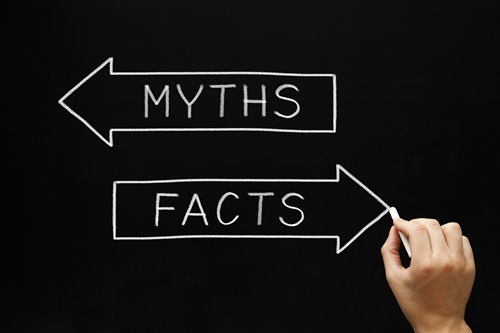It’s hard enough for preparers to keep up with tax changes — clients are completely at sea, and often enough end up relying on very odd notions about taxes.
Attempted deductions from recent years (the Minnesota Society of CPAs produces one of the most famous lists) always evince taxpayers strangest ideas about what’s deductible under the Tax Code: boats, family vacations, materials for a new house, a fur coat, charity to relatives, even tummy tucks or a pool as part of a home office.
Popular taxpayer misconceptions, according to TurboTax, include that filing taxes is voluntary, that the IRS must file for you, that illegal activity and money made online aren’t taxable, and that pets can be claimed as dependents. Another is that preparers are always responsible for mistakes in filing.
“It’s usually, ‘Why is my tax return so different from last year?’” said Burbank, California, CPA Brian Stoner. “I try to discuss the big changes first then go into smaller items, so at least they have a general idea of the overall tax increases or decreases.”
The broken record
Then there’s the election, which has many expecting another seismic change in taxes. The biggest misconception right now?
“That the president can easily change the tax laws!” said Phyllis Jo Kubey, president of the New York State Society of Enrolled Agents.
“The biggest misconception is that President-elect Biden will be raising taxes on everyone,” added Enrolled Agent John Dundon, president of Taxpayer Advocacy Services in Englewood, Colorado. “This misconception is addressed by explaining over and over again specifically how a tax bill becomes a law. I’m starting to sound like a broken record.”
Changes in the wake of new tax laws are also confusing. A Bankrate survey in the wake of the Tax Cuts and Jobs Act showed most people didn’t know the new standard deduction amount for a single filer or the highest tax rate. Fewer than half of respondents to a recent HR Block survey also said they could update their W-4 on their own, and many showed confusion over what information a W-4 uses, when and where to submit a W-4, and how allowances increase or decrease withholding.
“Taxes have been lowered, yet many taxpayers don’t realize that the lower rates are set to go back to pre-2018 rates in 2026,” said Twila Midwood, an EA at Advanced Tax Centre, in Rockledge, Florida. “In our planning discussions, I have to remind them of this. Of course,” she added, “this was before COVID-19, so what will happen with tax rates before 2026 will be up for grabs.”
“People are confused by tax rates,” said Scott Kadrlik, managing partner at Meuwissen, Flygare, Kadrlik Associates, in Eden Prairie, Minnesota. “They believe capital gains are taxed at 15 percent but they don’t realize that the rate is affected by all of the income you report … plus the state tax adds on to that rate.”
Taxpayers also seem to think that paying taxes ends “when you attain a certain age, such as 70 years old,” he added.
Trends
One notion that is again growing in popularity: that the rich don’t pay enough in taxes. Bruce Primeau, a CPA and president at Summit Wealth Advocates in Prior Lake, Minnesota, disagreed.
“Clients we have that will be most affected by the proposed higher taxes for the most part are tired of paying too much in taxes already,” he said. “They already pay more than their fair share. The current tax rate structure is stacked against them, in that the more they make the higher their tax rate and the less likely they are to get tax credits.”
Primeau, who is himself in the highest tax bracket, said that if the top rate goes back up, “I’ll be paying almost 40 percent in federal tax and another 9.85 percent to Minnesota every incremental dollar I earn. Additional taxes — Medicare, sales, property — add up to an idea that most taxpayers can agree on, at least for themselves.”
“The total tax a wealthy person pays for living in [most states] is staggering,” Primeau said.